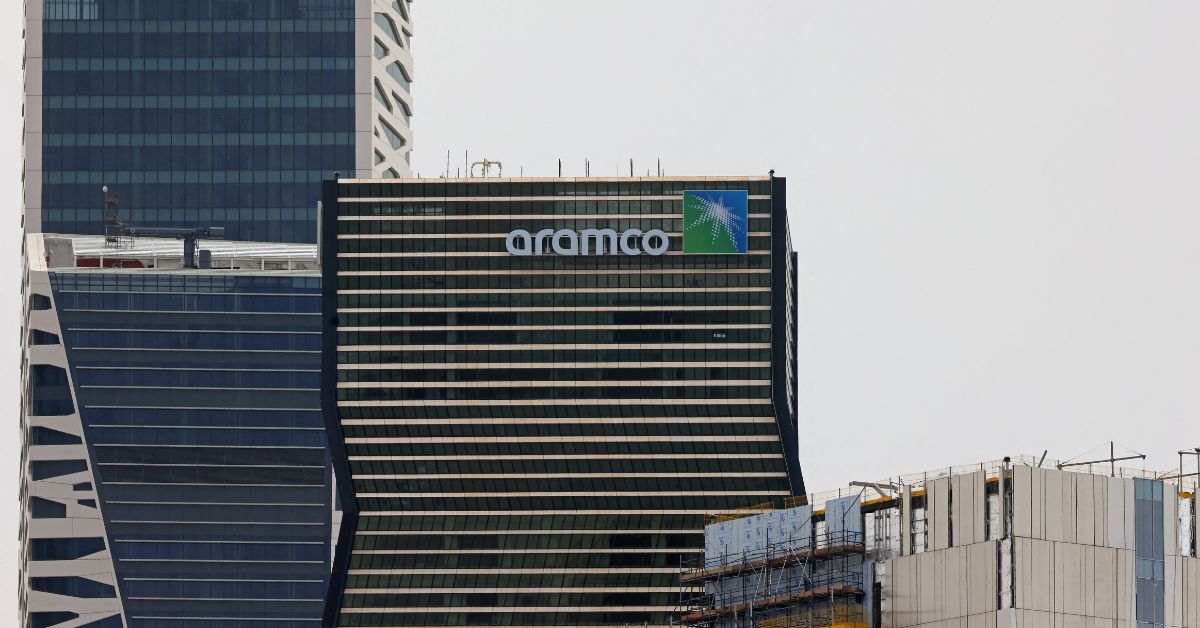Riyadh, Saudi Arabia — Saudi Aramco netted $12.35 billion, $1 billion more than expected, from a secondary share sale after exercising an over-allotment option, the deal’s stabilizing manager said on Wednesday.
An additional 154.5 million shares were issued in response to demand from investors, Merrill Lynch Kingdom of Saudi Arabia said, taking the total number to nearly 1.7 billion.
The offering announced in May was the largest in the Middle East since Aramco’s record initial public offering (IPO) in 2019, bolstering Saudi Arabia’s finances as it spends heavily to pivot its oil-reliant economy.
“Following the exercise of the over-allotment option, the total offering size will be 1,699,500,000 shares, representing a total offering amount of SAR 46.31 billion ($12.35 billion),” Merrill Lynch Kingdom of Saudi Arabia said in a statement.
Last month Aramco said the offering raised a minimum of $11.2 billion, with the final size dependent on whether Merrill Lynch uses the over-allotment or “greenshoe” option to sell additional shares by July 9.
Aramco, the jewel of the Saudi economy that remains mostly state-owned, announced on May 30 that it would sell 1.545 billion shares, or about 0.64 percent of its issued shares, on the Saudi stock exchange.
It was widely seen as a test of foreign investor interest more than halfway through the kingdom’s campaign known as Vision 2030, whose so-called giga-projects include NEOM, a planned futuristic megacity in the desert.
Saudi Arabia is the world’s largest crude oil exporter and the government’s stake in Aramco, one of the world’s biggest companies by market capitalization, is around 81.5 percent after the second share sale.
The kingdom’s sovereign wealth fund, the Public Investment Fund, and its subsidiaries control about 16 percent of Aramco.
Aramco reported record profits in 2022 after Russia’s invasion of Ukraine sent oil prices soaring, allowing Saudi Arabia to record its first budget surplus in nearly a decade.
But the Saudi cash cow saw its profits drop by a quarter last year because of lower oil prices and production cuts.








